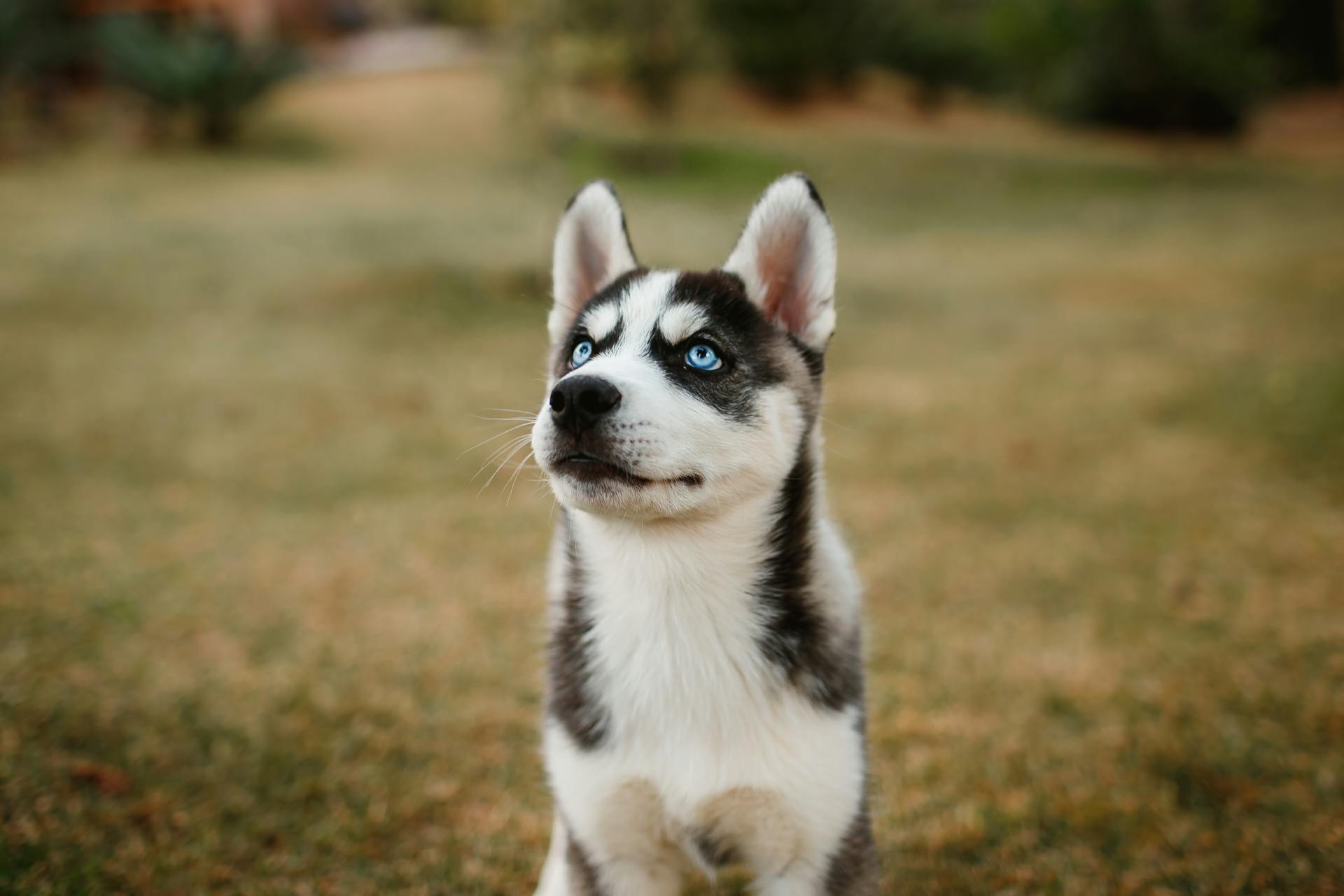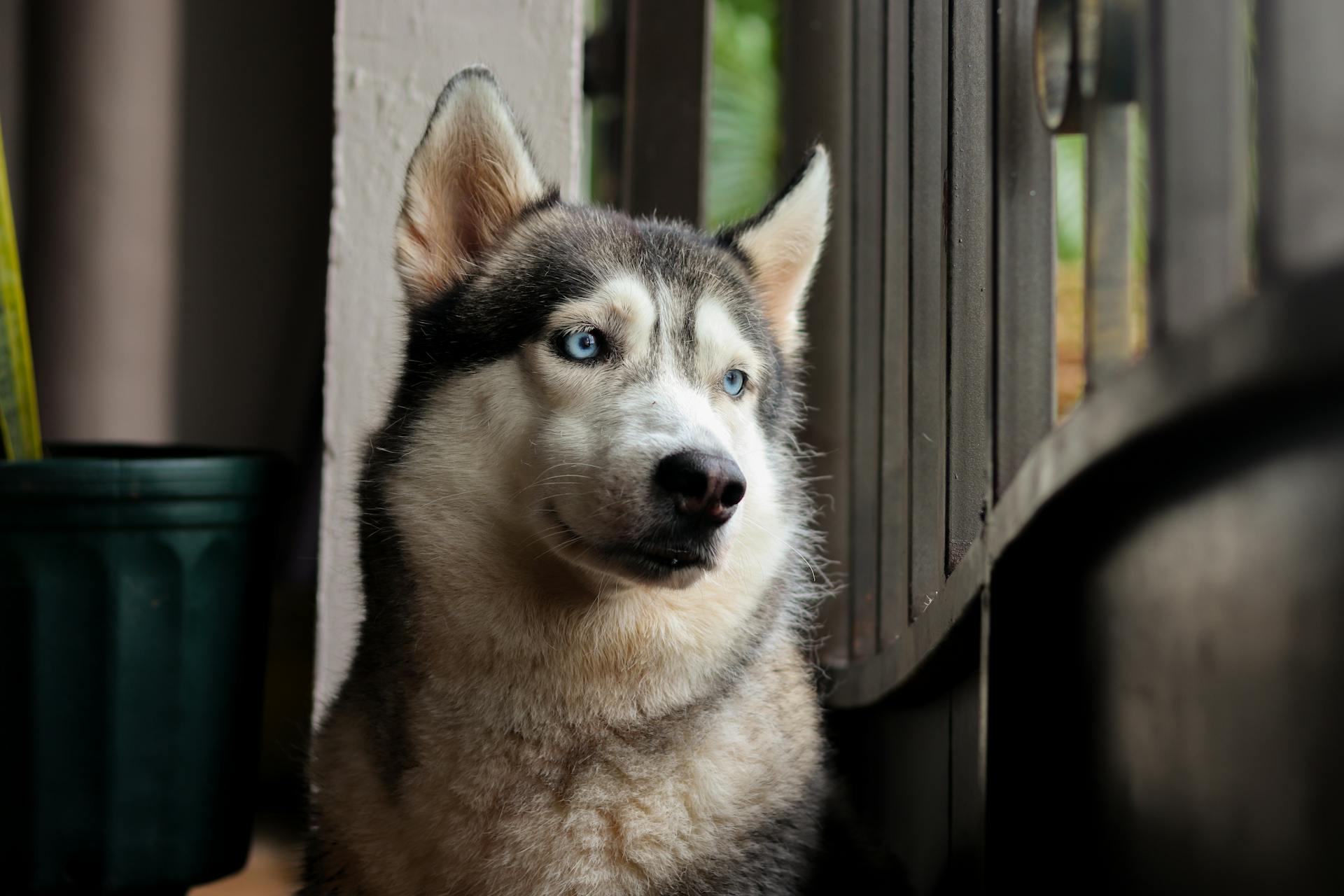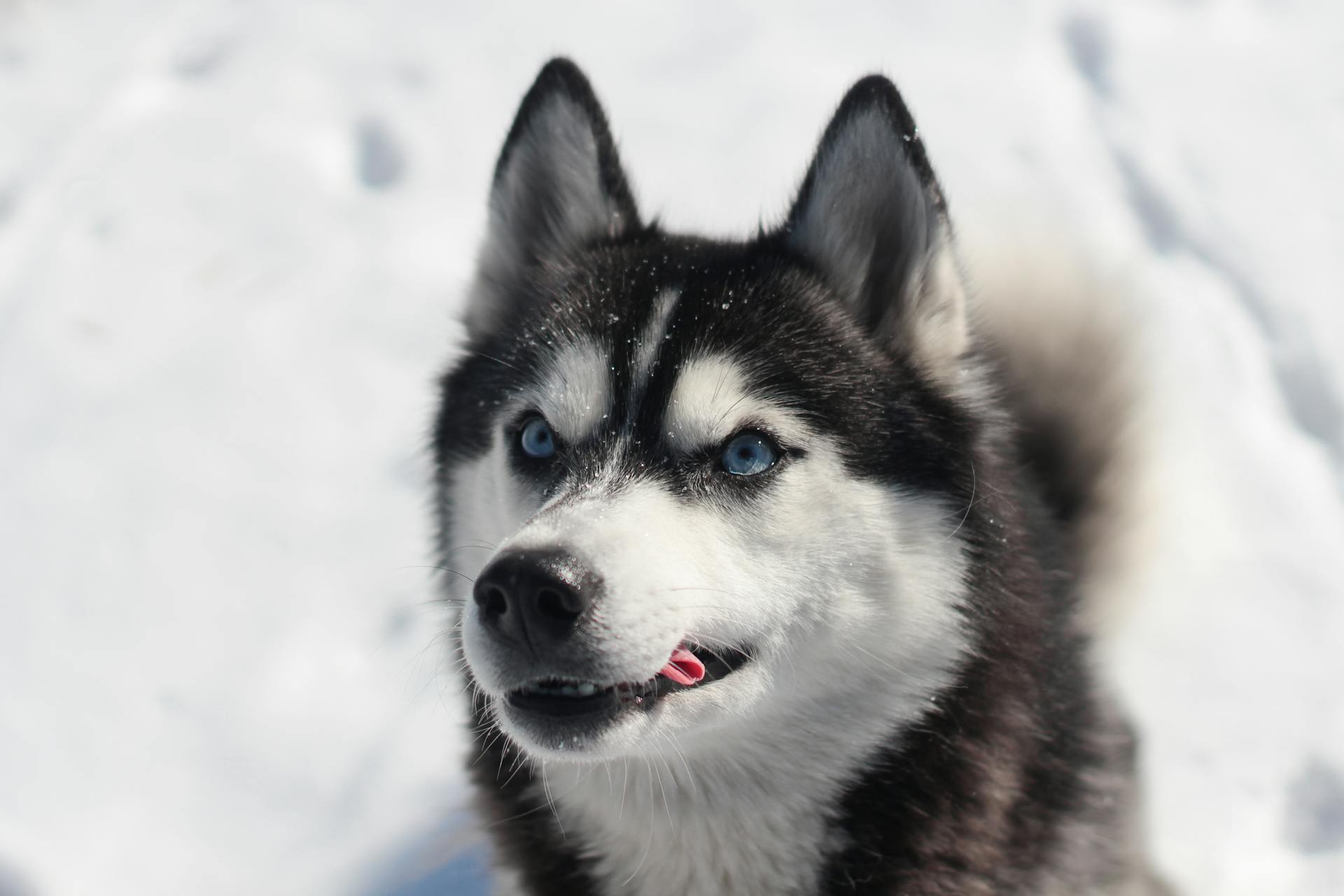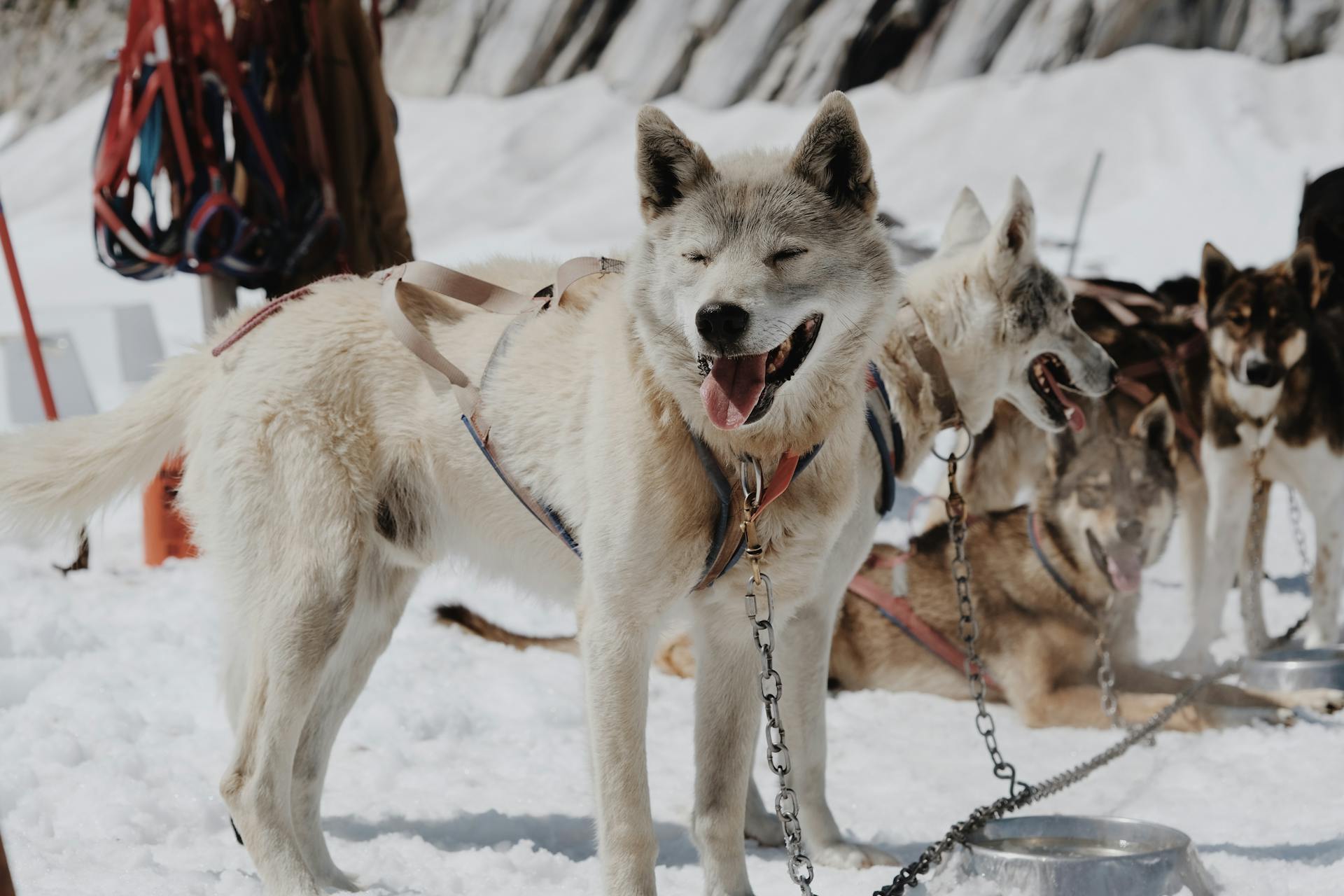
If you're considering bringing a new furry friend into your family, you're likely torn between two popular breeds: the Alaskan Malamute and the Siberian Husky. Both are intelligent, energetic, and loving dogs, but they have some key differences that'll help you decide which one is right for you.
Malamutes are generally larger and more powerful than Huskies, with a muscular build that's perfect for pulling heavy loads in the Arctic. They can weigh up to 95 pounds and stand as tall as 26 inches at the shoulder. In contrast, Huskies are leaner and more agile, with a weight range of 35-60 pounds and a height of up to 23 inches.
One of the most notable differences between the two breeds is their temperament. Malamutes are often described as independent and stubborn, requiring consistent training and socialization from an early age. Huskies, on the other hand, are known for their friendly and outgoing personalities, making them a great choice for families with children.
Grooming
Both Siberian Huskies and Alaskan Malamutes have a thick double coat that sheds heavily twice a year.
Regular brushing is essential to manage their fur, especially during shedding seasons. This can be a time-consuming task, but it's necessary to prevent loose fur from getting everywhere.
A high-quality dog food formulated for skin and coat health can help minimize loose fur, but it's no substitute for regular brushing. This will help keep your home clean and your pup looking great.
In warm areas, be prepared for a lot of shedding, especially during spring and fall when the temperature changes. This means you'll need to vacuum frequently to keep your home hair-free.
Grooming your pup at least weekly can help prevent matting and clumps of hair from forming. This is especially important during the moulting period when they shed heavily.
On a similar theme: Husky Blowing Coat
Personality and Behavior
Both Malamutes and Huskies are intelligent breeds that require positive reinforcement training due to their independent spirits. They can be stubborn at times, but their eagerness to please makes them highly trainable with patience and consistency.
Malamutes are generally less energetic than Huskies and prefer pulling over running as exercise, while Huskies are more prone to escape attempts and love running. Malamutes are also less vocal than Huskies, who are known for their howling.
Here are some key differences in their personalities and behaviors:
Remember, both breeds require plenty of exercise, socialization, and mental stimulation to prevent boredom and destructive behavior.
Eye Catching Charm
Their unique facial features are one of the first things you'll notice about Siberian Huskies and Alaskan Malamutes. These breeds have distinctive markings that set them apart.
Siberian Huskies are known for their piercing blue or brown eyes, and some even have one of each! Their ears are triangular and erect, and their tail resembles a fluffy brush held low.
Alaskan Malamutes, on the other hand, have brown eyes and a broader, unmasked face often topped with a heart-shaped "cap" of fur. Their ears are triangular but slightly rounded at the tips, and their tail is a full, plumed wonder carried proudly over their back.
You might like: Can a Malamute Have Blue Eyes
These facial features are not just for show - they also play a role in their behavior and personality. For example, the piercing eyes of Siberian Huskies can be quite intense, while the calm demeanor of Alaskan Malamutes is often reflected in their gentle facial expressions.
Here's a comparison of the facial features of these two breeds:
Assessing the Dog's Personality and Behavior
Siberian Huskies are notorious escape artists with a mischievous streak. Their independent spirit can make them stubborn, so early socialization and patient training are crucial.
Malamutes, on the other hand, are known for their loyalty and gentle nature. They require sturdy but durable chew toys to satisfy their chewing desires.
Both breeds require plenty of exercise, with daily walks, hikes, or runs being a must. Consider activities that channel their pulling instincts, like dog sledding or weighted backpack walks.
To assess a dog's personality and behavior, consider their energy levels. Malamutes are significantly less energetic than Siberian Huskies.
A fresh viewpoint: Malamute Dog Facts
Here are some key differences to look out for:
By understanding these differences, you can better tailor your approach to your dog's unique personality and behavior.
Health and Cost
Siberian Huskies and Alaskan Malamutes are relatively healthy breeds.
Regular veterinary care is essential for both breeds.
Pet insurance can provide peace of mind in case of unexpected medical emergencies.
High-quality food specifically formulated for active dogs is a must for both breeds.
Siberian Husky dog treats or Alaskan Malamute dog treats are necessary for training purposes.
Intriguing read: Samoyed Dog vs Husky
Health Issues Comparison
Both Alaskan Malamutes and Siberian Huskies can be prone to hip dysplasia, a common health issue in many breeds of dogs.
Hip dysplasia is a serious condition that can lead to arthritis and mobility problems, so it's essential to work with a reputable breeder who has had their dogs tested for this condition.
Alaskan Malamutes are also susceptible to inherited polyneuropathy, a condition that affects the nerves and can cause a range of symptoms, from weakness to paralysis.
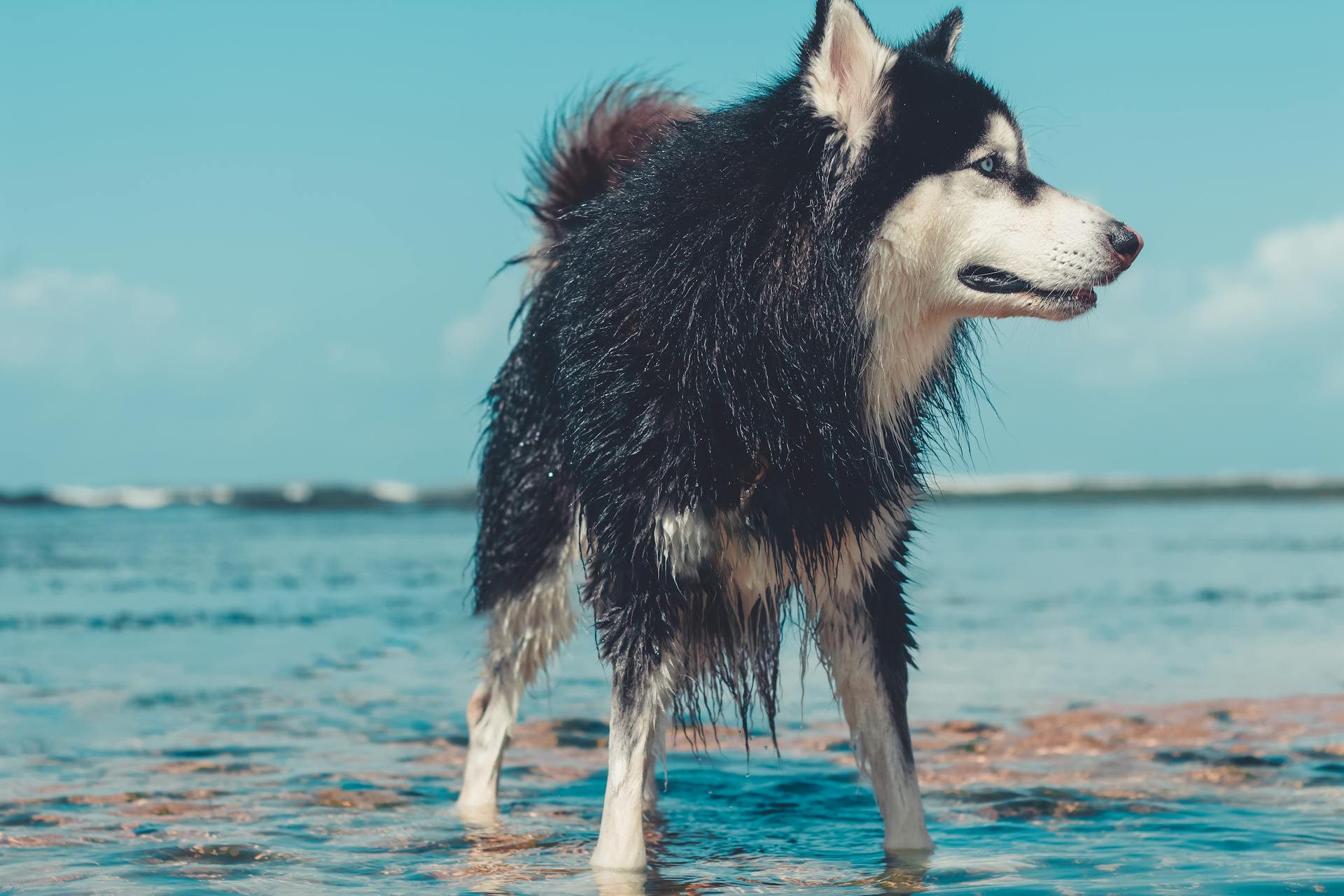
In contrast, Huskies are more likely to develop hypothyroidism, a condition where the thyroid gland doesn't produce enough hormones, leading to weight gain, skin problems, and other issues.
Both breeds can also be prone to eye problems, with Huskies being more likely to develop cataracts and corneal dystrophy, while Malamutes are more likely to develop progressive retinal atrophy.
Regular veterinary check-ups and genetic testing can help identify these health issues early on, making it easier to manage them and prevent long-term damage.
Explore further: Malamute Health Problems
The Cost of Owning a Dog
Owning a dog can be a costly endeavor, with expenses piling up from regular veterinary care and high-quality food specifically formulated for active breeds.
Siberian Huskies and Alaskan Malamutes, for example, require regular veterinary check-ups to stay healthy.
Pet insurance can also provide peace of mind in case of unexpected medical emergencies.
Choosing the Right Breed
If you're considering bringing one of these breeds into your home, it's essential to think about their social needs. They thrive on interaction with their people and can become destructive if left alone for too long.
Both Siberian Huskies and Alaskan Malamutes are relatively obedient dogs, but they can be motivated by food. They love to eat and will often vocalize their hunger with a "woo woo" sound.
These breeds are not one-person dogs, they love all of their people, but it's worth exercising caution around other dogs of the same sex. It's best to introduce them to dogs of the opposite sex to avoid any potential conflicts.
Finding Your Perfect Pup
Researching reputable breeders is crucial when looking for a new furry friend. Look for breeders who prioritize health testing and responsible breeding practices.
Proper socialization is essential for a happy and well-adjusted pup. Breeders who prioritize socialization will give your new dog the best start in life.
Consider adopting an adult dog from a shelter or rescue organization. Many shelters have Siberian Husky mixes or Alaskan Malamute mixes that would make fantastic companions.
Welcoming a new dog into your home can be a big decision, and it's essential to take your time and find the right fit.
For more insights, see: Husky Dog Female
Choosing the Right Breed
If you're considering bringing one of these breeds into your home, it's essential to think about their social needs. Both Siberians and Mals are affectionate and friendly dogs that thrive on interaction with their people.
They love to be with their family and will happily lay with you while you relax. But, they also need regular exercise to keep them happy and healthy.
These breeds are not a one-person dog, they love all of their people. However, exercising caution around other dogs is advised, especially if you have a dog already.
If you do have a dog, it's best to get a Malamute of the opposite sex, as they can be wary of dogs of the same sex.
What's Best for Me?
If you're still unsure about which breed is right for you, consider your lifestyle and living situation.
Alaskan Malamutes are friendly and affectionate pooches, but they can be prone to stalk and kill other pets or garden visitors due to their high prey drive.
Their high energy levels mean they need consistent training and exercise to stay happy and healthy.
If you're looking for a breed that's easy-going with other animals, the Siberian Husky might be a better fit.
However, if you're willing to put in the work, an Alaskan Malamute can be a loyal and loving companion.
An Alaskan Malamute Siberian Husky mix, also known as an Alusky dog, can be a great option if you can't decide between the two breeds.
They're super active and need consistent training, just like their four-legged parents.
Discover more: Crate Training a Husky Pup
Comparison and Decision
When choosing between a Malamute and a Husky, it's essential to consider their exercise needs. Malamutes require at least 5 hours of exercise per day, which can be challenging for owners with busy schedules.
Their high energy levels also make them prone to destructive behavior if they don't receive enough physical and mental stimulation. This can include chewing, digging, and howling.
Huskies, on the other hand, require at least 2 hours of exercise per day, making them a better fit for owners with less time to devote to their pets. However, they still need regular exercise to stay happy and healthy.
Ultimately, the decision between a Malamute and a Husky comes down to your lifestyle and ability to provide the necessary exercise and attention.
Differences Between
The Alaskan Malamute and Siberian Husky may look similar, but they have some key differences that are worth considering if you're thinking of bringing one home.
The Alaskan Malamute was bred to haul heavy loads for long periods of time at a slow pace, making them ideal for families with young children or for people who need a reliable companion for outdoor activities.
One of the main differences between the two breeds is their original purpose: the Alaskan Malamute was bred to haul heavy loads, while the Siberian Husky was bred to run fast and carry lighter loads.

The Siberian Husky was bred to run as fast as possible, carrying lighter loads than the Alaskan Malamute, and they were well-known for winning sled races at the start of the 20th century.
The Alaskan Malamute is also more laid-back and adaptable to family life, while the Siberian Husky requires more attention and exercise to prevent boredom and destructive behavior.
The Siberian Husky is the 14th most popular pet, according to the American Kennel Club, and they're known for their high energy levels and need for regular exercise and mental stimulation.
In contrast, the Alaskan Malamute is a bit more low-maintenance when it comes to exercise, but they still need regular walks and playtime to stay happy and healthy.
Ultimately, the decision between an Alaskan Malamute and a Siberian Husky comes down to your lifestyle and what you're looking for in a companion animal.
The Final Decision
Now that you've weighed the pros and cons, it's time to make a decision. The final decision will likely come down to your personal preferences and priorities.
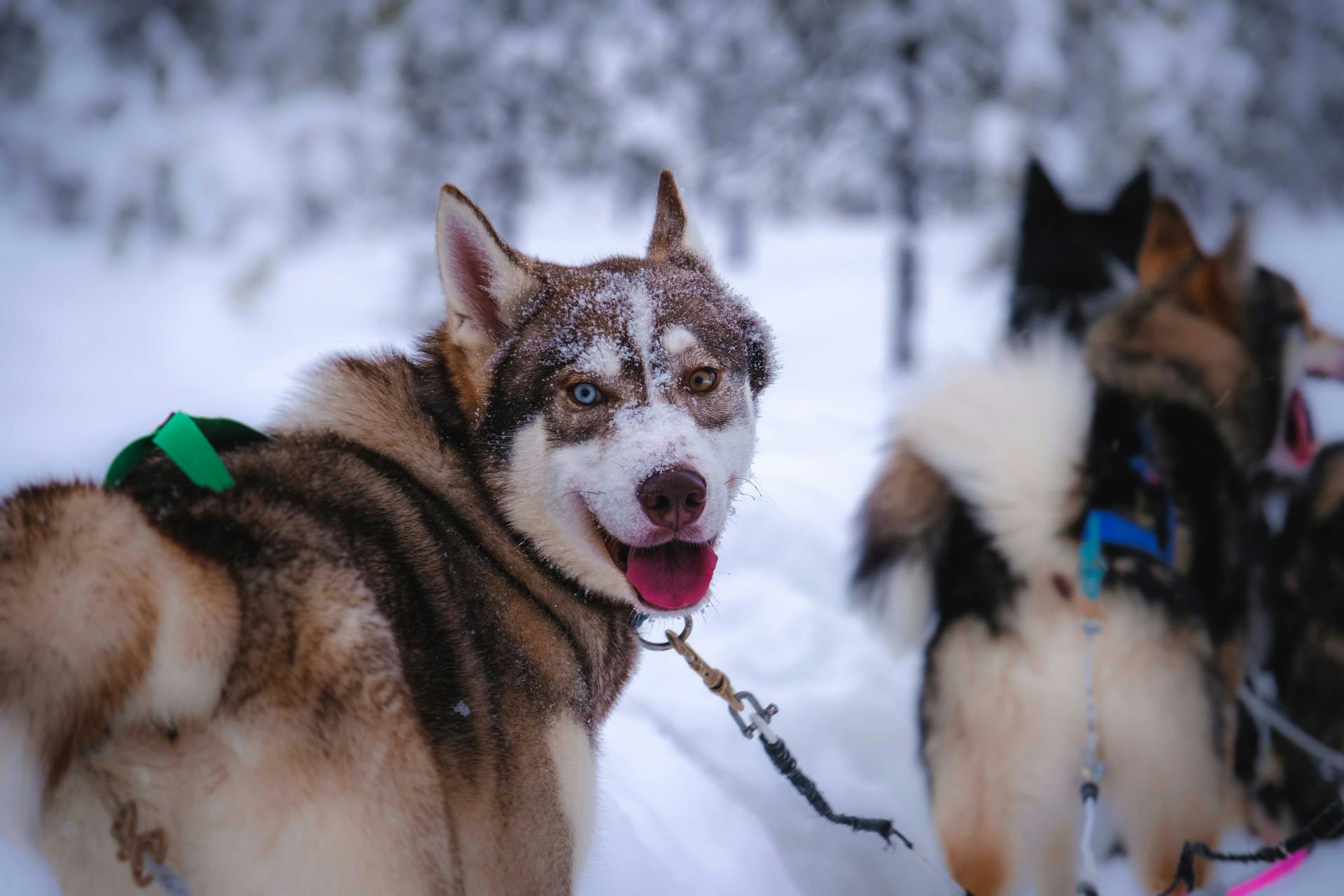
In the case of choosing between two different products, for example, the one with the better warranty might be the more reliable choice. This is evident in the comparison of the two products in the article, where one had a 5-year warranty and the other had a 3-year warranty.
Your decision should also take into account any additional costs or fees associated with your choice. This could include maintenance costs, subscription fees, or other expenses that might not be immediately apparent.
Ultimately, the decision will be yours to make.
Frequently Asked Questions
Do Malamutes talk like huskies?
No, Alaskan Malamutes and Huskies have distinct vocalizations, with Malamutes known for their 'woo woo' sounds and Huskies for screams, howls, and chuffs
Are malamutes or huskies easier to train?
Malamutes and huskies can be challenging to train, but with experienced owners and positive reinforcement, their intelligence can shine through. Both breeds require confident leadership to bring out their best behavior.
Are malamutes closer to wolves than huskies?
While both Malamutes and Huskies are Arctic breeds, the Alaskan Malamute is generally considered the closest dog breed to a wolf due to its physical characteristics and behavior. For more information on the similarities and differences, read the full article.
How do I tell if my dog is a husky or Malamute?
To identify whether your dog is a Husky or Malamute, look for the shape of its tail: a curled tail indicates an Alaskan Malamute, while a straight tail suggests a Siberian Husky. This simple tail characteristic can help you determine your dog's breed.
Are Malamutes as high energy as huskies?
Yes, Malamutes are also high-energy dogs that require daily exercise. If you're considering owning one, be prepared to devote time each day to physical activity.
Sources
- https://hfu.hollywoodfeed.com/siberian-husky-vs-alaskan-malamute-a-comprehensive-guide/
- https://www.trustedhousesitters.com/blog/pets/alaskan-malamute-vs-siberian-husky/
- https://www.akc.org/expert-advice/dog-breeds/siberian-husky-vs-alaskan-malamute/
- https://animals.howstuffworks.com/pets/malamute-vs-husky.htm
- https://www.wikihow.com/Identify-an-Alaskan-Malamute-from-a-Siberian-Husky
Featured Images: pexels.com
